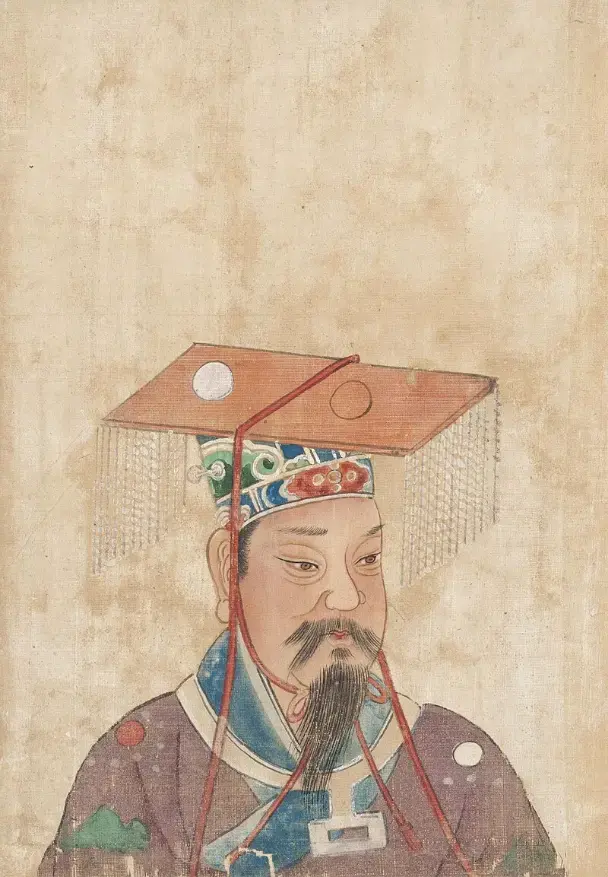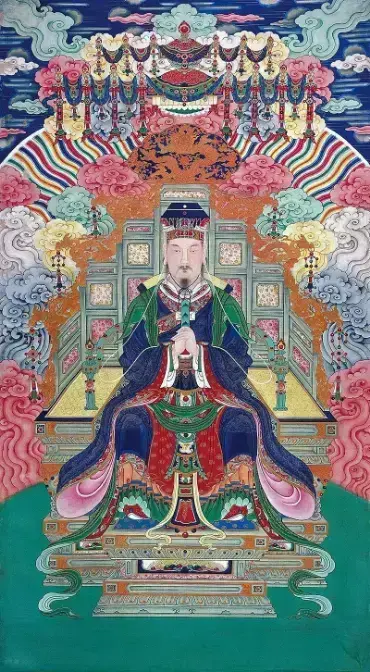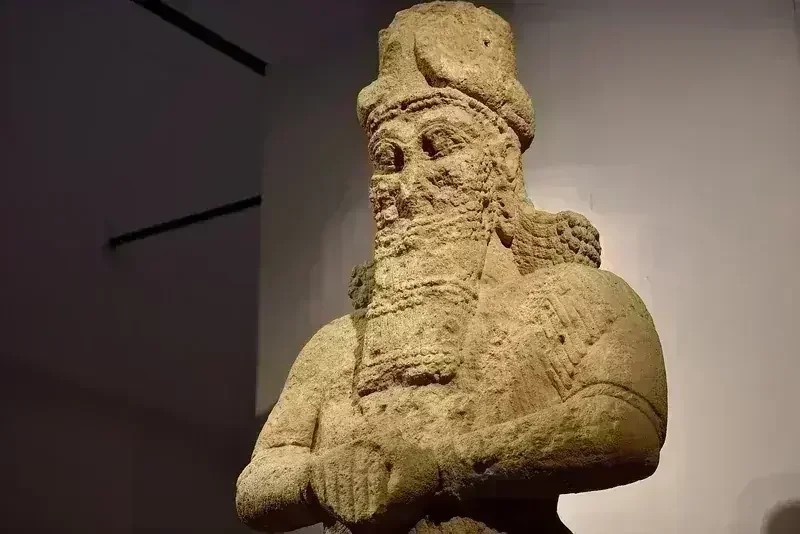Yellow Emperor(黃帝)

The Yellow Emperor, also called Yellow Thearch or Huangdi in Chinese, stands as a legendary sovereign and cultural hero in ancient Chinese tradition. He belongs to the mythical group known as the Three Sovereigns and Five Emperors. In Chinese folk religion, he is worshipped either as an individual deity or as part of the Five Regions Highest Deities (Wǔfāng Shàngdì).
Considered the founder of Chinese civilization, tradition attributes numerous innovations to him, including the Chinese lunar calendar, Taoist philosophy, wooden architecture, various forms of transportation (boats and carts), the magnetic compass, early writing systems, and the ball game cuju. According to calculations based on Chinese historical records, his reign is traditionally dated to either 2698 or 2697 BCE and lasted exactly one century—a chronology later adopted by proponents of a universal calendar beginning with his rule.
Historical records first mention Huangdi's cult during the Warring States period, with his prominence growing toward the end of this era and into the early Han dynasty. During this time, he was depicted as the originator of centralized governance, a cosmic ruler, and a patron of esoteric knowledge. Many significant texts were attributed to him, including the medical classic Huangdi Neijing and the political treatises collectively known as the Huangdi Sijing.
Though his influence declined during much of China's imperial history, Huangdi experienced a revival in the early 20th century as a symbol for Han Chinese seeking to overthrow Qing dynasty rule. Today, he remains a powerful figure in Chinese nationalist sentiment.


